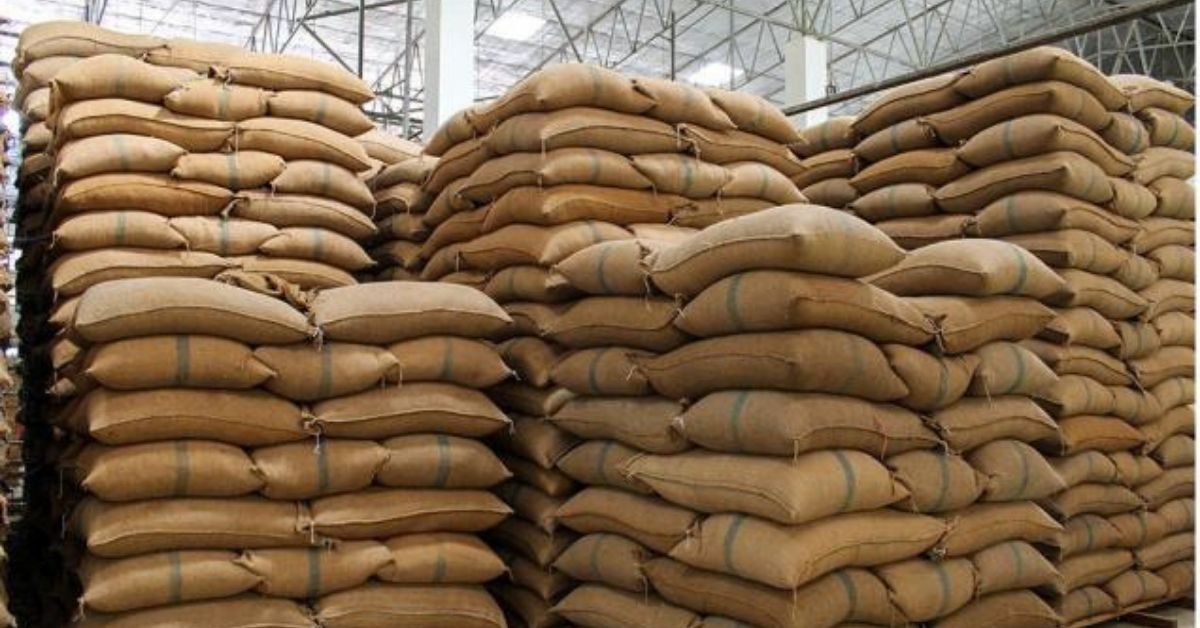Despite the pandemic-induced slowdown, Indian merchandise exports have been growing well, to an all-time monthly high of $32.27 billion in May, showing broad-based recovery from last year.
Small businesses are a mainstay of this performance, accounting for around half the country’s merchandise exports. Commerce Secretary Anup Wadhawan has pegged merchandise exports to cross the targeted $400 billion this year. Going forward, to achieve the Prime Minister’s goal of a $5 trillion economy, Indian exports (merchandise and services) would have to increase from $526.55 billion in FY 19-20 to about $1 trillion.
With that target in mind, the current contribution of the MSME sector to merchandise exports would have to at least double from $150 billion to $300 billion. In addition, Nitin Gadkari, the minister for MSME, has time and again highlighted that MSMEs are poised to increase their contribution to India’s merchandise export to 60 percent over the next couple of years.
As we target Indian exports to increase, along with a higher share for MSMEs, it would be prudent to evaluate the preparedness of MSMEs on multiple dimensions. This exercise is even more crucial now as we await India’s new Foreign Trade Policy 2021-26 slated for release in the next couple of months.
The upcoming policy is expected to be aligned to achieving the goal of a $5 trillion economy, and the 2019 report of the High-Level Advisory Group (HLAG) on trade had a number of proposals including strengthening EXIM Bank credit, using data analytics for an export strategy, optimise FTA (Foreign Trade Agreements) negotiations and usage, increase investments in infrastructure, especially ports, reduce logistics costs, etc.
The current Foreign Trade Policy 2015-20 mentions MSMEs only twice over its extensive 164 pages. Given the significant role of MSMEs in achieving these macro goals, it would be fair to expect more detailed attention given to MSMEs in the upcoming Foreign Trade Policy. What impacts MSME exporters the most is lack of awareness and knowledge of government schemes and international export/import standards, inadequate understanding of processes and documentation, low garnering of export credit, lack of access to markets. These have also been highlighted in the report by the HLAG on trade, along with its recommendations.
However, the effectiveness of policy lies in its implementation. Though the extant policies cover various areas affecting MSMEs, the ‘implementation to intent’ ratio is very small and leaves much more to be desired. One of the primary reasons for unsatisfactory implementation is inadequate State capacity. For a department that is expected to look after and promote more than 60 million MSMEs, there are not more than 500 employees to do so, which is terribly inadequate.
This bandwidth needs tactful expansion. One established option to do so is to use industry associations all over India that are used to interacting with both the government and the industry, especially MSMEs. Some of these industry associations are already authorised to issue some export documents for exporters.
Industry associations also conduct various programmes to educate the aspiring and existing exporters. The bandwidth of these industry associations can be utilised to increase the breadth and depth of engagement with exporters. The much-awaited Foreign Trade Policy 2021-26 should ensure maximising this collaboration.
Further, our embassies and trade commissions abroad are also in dire need of increased capacity. Each of these bodies have a limited bandwidth of not more than two officers who look after the trade division, while some countries such as the United Kingdom and Germany deploy dozens or even hundreds of employees in their trade and investment divisions in various countries, including India. The strength in India’s missions in strategic partners must be increased substantially to promote Indian businesses and trade in those countries.
Source : Money Control








